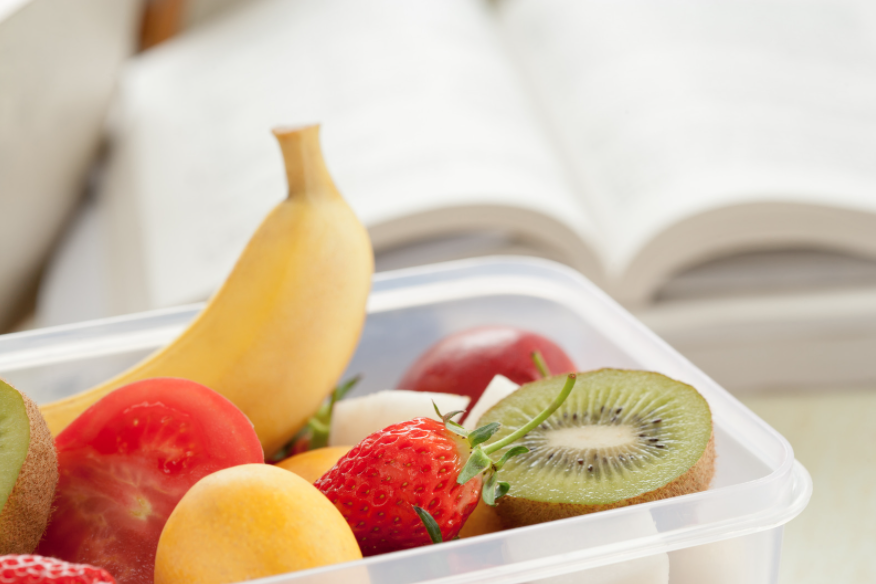Although more and more information is becoming available, not all of it is reliable and high quality. So we must pay attention to our sources and be critical.
Previously, we talked about a few myths like the need to have a certain number of meals to lose weight, if there is a safe dose of alcohol we may recommend as a “moderate” consumption, if our brain needs sugar to function properly, about organic food… Will we surprise you with this second part?
Laura Pérez Naharro – Neolife Nutrition Unit
Debunking myths (Part 2)
1.“A gluten-free diet helps to lose weight or is healthier”
It is healthier in the case of a person with coeliac disease or with a specific autoimmune/digestive disease where the professional, after studying the case, has recommended the removal of this protein present in some grains.
Avoiding gluten-containing foods will contribute to fat loss by limiting or stopping the consumption of calorie-dense products with low nutritional value, such as industrial baked goods. But not because they are gluten-free, but because of the nutritional quality of the product itself. It is logical that, if instead of cookies, fruits were to be consumed, results in body composition would be seen in the short-medium term, but simply because of the calorie intake.
If there is no clinical condition that requires it, the withdrawal of foods that naturally contain gluten does not guarantee better health or better body composition.
There are many ultra-processed products labeled “gluten-free” where the absence of quality ingredients is conspicuous: bread, cakes, sweets, sauces, dairy desserts, etc.
Fruits, vegetables, legumes, tubers, buckwheat and oats (when specified on the label) do not contain gluten. Therefore, a varied and healthy diet can be established without the need to include gluten for people who require this change. On the other hand, it is possible to base a nutrient-poor and calorie-dense diet on gluten-free foods. The “gluten-free” label, until recently, had been used in cases where it would not even be necessary because the food does not contain it naturally, and the label is used for marketing purposes.
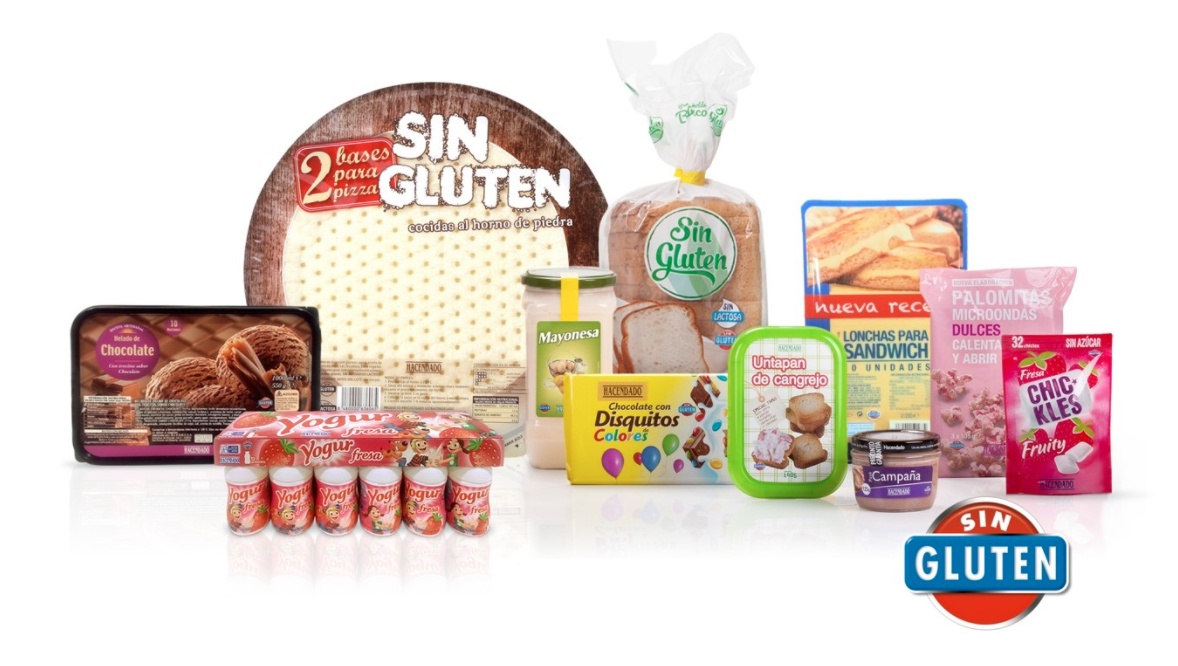
2. “Lemon water on an empty stomach helps to lose weight or purifies the body”
We have specific organs that help purify our body: kidneys, liver, and skin. All harmful substances are eliminated and metabolized by these organs. There are dietary patterns that contribute to a lower toxic load in our body, but there are no specific foods that eliminate toxins.
In the previous Newsletter article on nutritional myths, we specified that there are no foods with slimming powers or that are guilty, per se, of fat gain. It depends on the energy balance. If breakfast is replaced with lemon water, and the rest of the day remains the same as before, weight loss may occur due to a calorie deficit. In the end, the number of calories is being reduced. But simply ingesting this mixture first thing in the morning will not, by any means, guarantee an improvement in body composition.
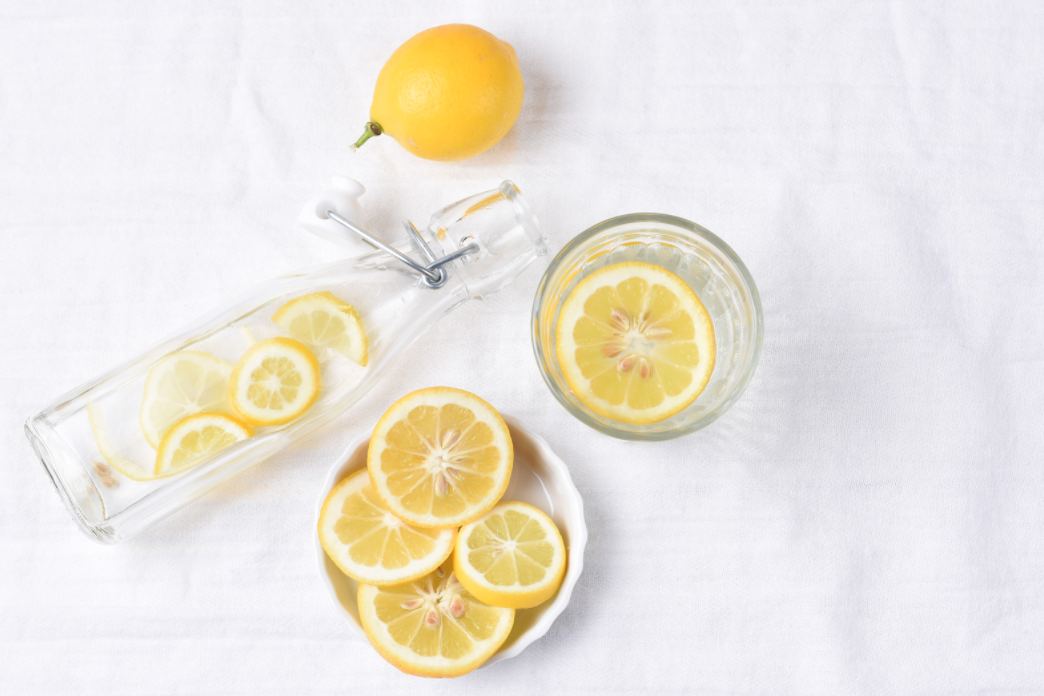
3. “Red meat is bad for you”
What do we mean by red meat? Because if we think that frankfurters fall into the same category as beef, well, yes they do. However, the nutritional quality and processing of these products are completely different things. Therefore, their impact on health cannot be the same.
When research studies are conducted on dietary patterns, the concept of red meat encompasses any of these foods, including sausages (chorizo, salami, frankfurters) and processed meats (ground beef products or “burger meat”).
The consumption of the latter, processed meats or sausages, would not be advisable for the following reasons:
- Their nitrite content. When these meats are subjected to high temperatures, they produce nitrosamines, which are carcinogenic compounds.
- Their nutritional value. They contain large amounts of salt and low-quality ingredients such as starch, sugar and animal or vegetable fats, in addition to a high calorie count.
The consumption of fresh and unprocessed meat is one more choice among different protein sources (eggs, fish, cheeses, legumes). They fit perfectly within a dietary pattern in which plant foods predominate: vegetables, fruit, legumes, nuts, and olive oil. It is not a question of abandoning meat consumption, but contemplating other protein sources. Especially legumes. Substituting this food for meat more frequently helps to reduce the environmental impact.
4. “For weight loss, the skimmed version of dairy is best”
This is not always the case. Although it is true that, by partially or totally removing the fat content, its calorie intake is reduced, it is also true that this portion of lipids makes you feel fuller. It is therefore preferable, when it comes to consuming milk, to choose the semi-skimmed version as opposed to the skimmed version. The difference in calories is negligible, unless you consume a liter of milk a day.
On the other hand, within that portion of fat, vitamin D is found naturally, which contributes to a proper absorption of calcium.
5. “We must eat a bit of everything”
The concept of a balanced diet, as it appears in the (erroneous) nutritional pyramid, recommends the sporadic or infrequent consumption of foods of low nutritional quality. For this reason, it is normalized, even in small quantities, that we should include these foods thinking that they will not have a negative impact on our health, when this is not the case.
Four cookies represent a small amount, but including them on a daily basis displaces more nutritionally interesting foods. A glass of wine is also considered a low amount, but there is no healthy or safe dose.
The following systematic review and meta-analysis shows the association between the consumption of these types of foods with a worse cardiometabolic profile and a higher risk of cardiovascular disease, cerebrovascular disease, depression, and all-cause mortality (1). Moreover, its consumption is one of the main culprits of the silent epidemic we have seen emerging for several years now: obesity (2). It is not a question of demonizing certain foods, since they have a place in a healthy diet and active life. But this is no reason why they should be included in the recommendations. Nobody would ever think of prescribing smoking on an occasional basis. It is one thing, within an individual context, to agree to some flexibility, and quite another to make recommendations to the general population. Recommending small amounts or frequencies is not a good way to teach healthy habits.
6. “Drink your juice quickly before you lose the vitamins”
Although it is always preferable to opt for a whole piece of fruit, this phrase is probably somewhat familiar. We may have heard it when we were children or even said this ourselves at some point.
Among the main vitamins found in oranges, we find vitamin C, which has an antioxidant function. It is true that it is quite sensitive to light, oxygen, and temperature. However, when we talk about freshly squeezed juice at room temperature, this vitamin can be perfectly preserved for several hours (3).
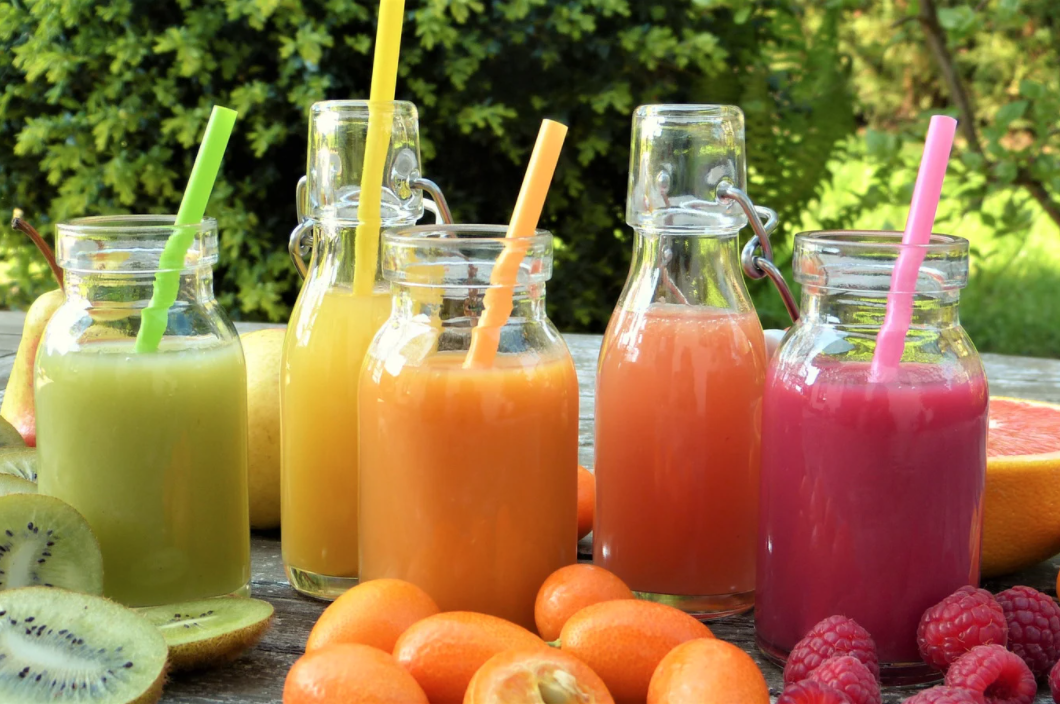
7. “A shot of a herbal liqueur is the perfect digestive”
It is not uncommon to see, after a particularly large Christmas meal, a person or two with some herbal liqueur to “help digest“ all of that excess.
According to science, at the digestive level, what we will achieve is a greater irritation of the stomach and a slower digestive process. Alcohol consumption is one of the main causes of gastritis and stomach cancer, among other types of cancer.
One remedy to promote digestion is activity. A walk after these meals helps to improve peristaltic bowel movements, which are necessary for the process of digestion. But as far as beverages go, a cup of tea can be our best ally after a large meal.
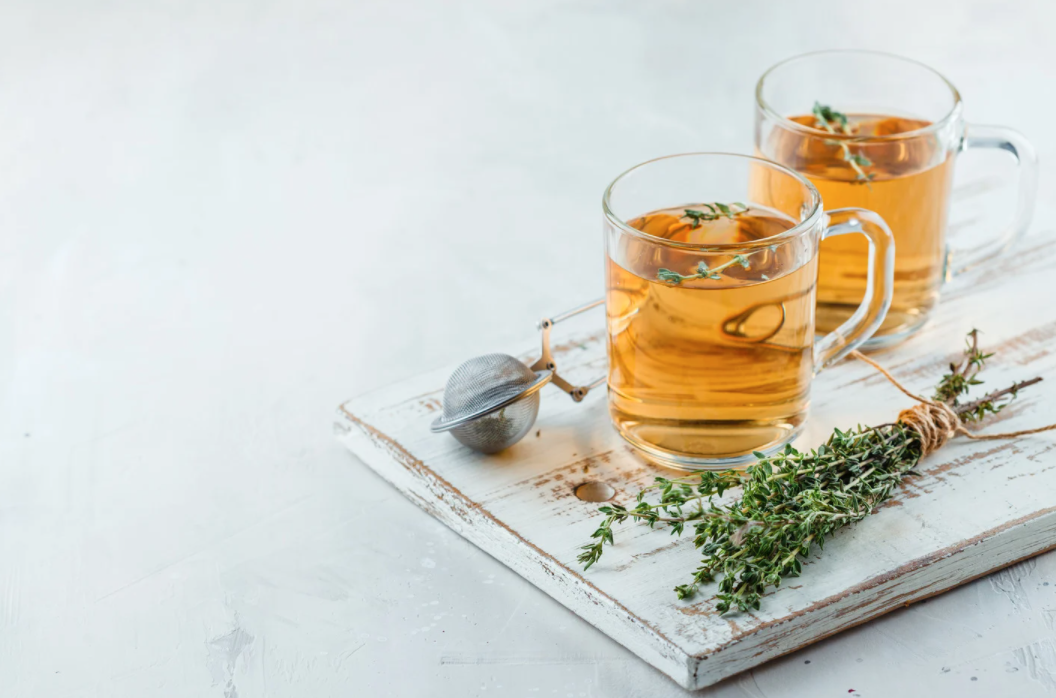
8. “Processed foods are bad”
When we talk about olive oil, no one would think of labeling it as an unhealthy food. And yet, it is a processed product. A processed food is any food that has undergone a modification with respect to its natural state. In other words, a bag of refrigerated salad is already considered processed, since it is not sold as the lettuce that was harvested, but has already been washed, chopped, and packaged in a protective atmosphere to prevent microbial growth and extend shelf life.
A processed product can have better or worse nutritional quality; the most important thing is to check its list of ingredients, which is where this quality is shown.
Sardines in olive oil are not the same as a fish substitute. Both are processed, just look at the differences in composition.
9. “Vegetables are better if they are fresh”
When we refer to the nutritional profile, it is common to think that fresh vegetables retain their nutrients better.
To clarify this belief, it is important to keep in mind that nutrient concentration depends on several factors. The ripening process, the time elapsed from harvest to consumption, cooking methods, exposure to light and oxygen, temperature, season of the year…
We are going to give 3 examples with green beans:
First example: fresh beans that are harvested, stored, and transported to the point of sale where they are purchased. How long does this process take?
Second example: canned green beans. They are harvested, subjected to a cleaning process, chopped, boiled, and placed in a sterile container with the addition of salt and antioxidants. Finally, they are sterilized.
Third example: deep-frozen green beans. Once harvested, they are quickly frozen (they can also be blanched beforehand).
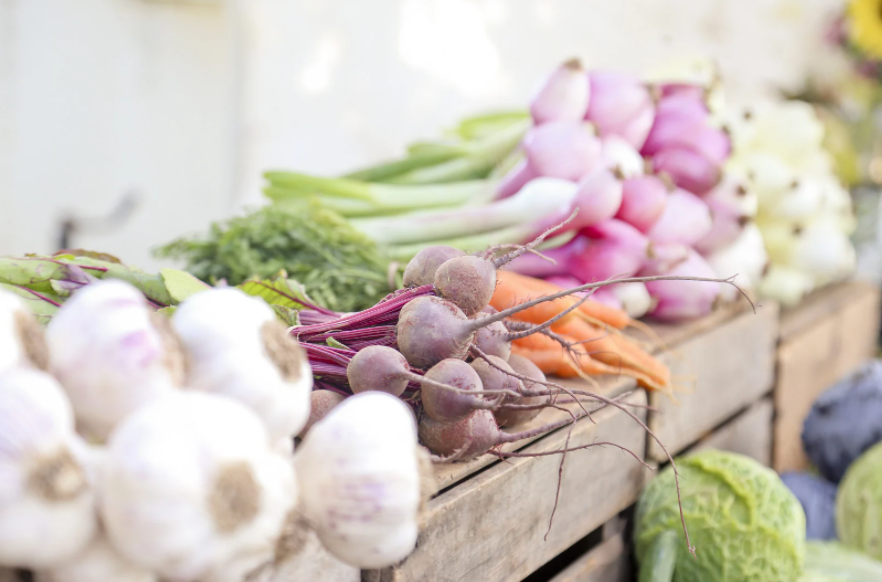
So if we consider the highest preservation of nutrients: frozen > canned > fresh.
However, it is in the cooking process that the greater or lesser loss will be determined.
10. “Brown sugar is better than white sugar”
We know that white sugar is refined, but what about brown sugar?
Both are extracted from sugar cane or sugar beet. To obtain it, the plants are cut into pieces; then, their juice is extracted (which has a sweet taste, since its composition is practically sucrose) and is subjected to heating. The water evaporates and the sucrose crystallizes. However, not all of it crystallizes. A small part caramelizes in the form of syrup, acquiring that dark tone. This is known as molasses.
Once at this point, the following may occur:
- The white crystals (sucrose) are separated from the molasses. On one side, there are white sucrose crystals, on the other side, a brown syrup (molasses).
- Part of the molasses remains with the crystals. The color is brown.
Whole cane sugar or whole brown sugar is the sugar that retains the molasses part (point 2). While non-whole or refined brown sugar is obtained by separating the crystals and then adding part of the molasses. This can be proven because when dissolved in water, it loses its color.
Nutritional differences? None. To see a significant difference in mineral or vitamin content, sugar must be consumed in large quantities. If we want to benefit from a varied and high intake of vitamins and minerals, there is nothing better than following a dietary pattern rich in fruit and vegetables.
Nutrition is not black and white. It has nuances and contexts. It seems that the more radical a recommendation is, the more evidence supports it or the more effective it will be.
It is difficult to classify foods as good and bad, as it will always depend on the context. On many occasions, certain recommendations are generalized or, on the contrary, followed to the extreme.
Another reason why so many myths exist is due to the misinterpretation of certain studies. As we have already mentioned, not all red meat should be considered the same, since a frankfurter is not the same as a piece of beef tenderloin.
However, when observational studies are carried out to establish certain associations with respect to diet and health condition, in the consumption frequency questionnaires, sausage, salami, chorizo, and veal appear as “red meat”. It is therefore very difficult to establish causal relationships.
Finally, the more miracle diets or recommendations we have from people who are not up-to-date or are even unqualified, the more beliefs and limitations we will have.
Nutrition is a science, not a collection of experiences.
BIBLIOGRAPHY
(1) Pagliai, G. Consumption of ultra-processed foods and health status: a systematic review and meta-analysis British Journal of Nutrition.
(2) Raquel de Deus Mendonça, et al. Ultraprocessed food consumptionand risk of overweight and obesity: the University of Navarra Follow-Up (SUN) cohort study, The American Journal of Clinical Nutrition , Volume 104, Issue 5, November 2016, pages 1433–1440, https://doi.org/10.3945/ajcn.116.135004
(3) Johnston, CS and Bowling, DL (2002). Stability of Ascorbic Acid in Commercially Available Orange Juices. Journal of the American Dietetic Association , 102 (4), 525-529.

